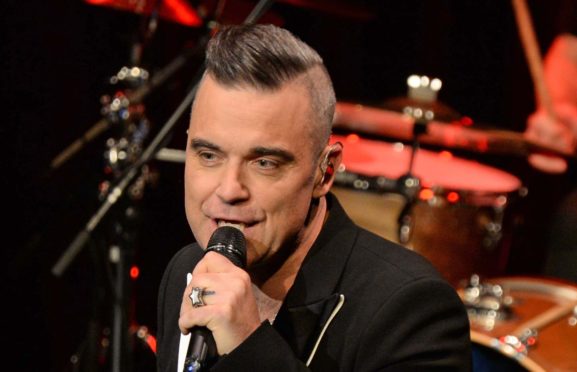
Robbie Williams has said his daughter Teddy was the reason he wanted to sing on the theme for Channel 4’s Christmas adaptation of The Tiger Who Came To Tea.
The former Take That star, 45, sings on Hey Tiger! which was composed by Grammy winner David Arnold.
Williams said the children’s book had been a “big bonding thing” between him and his child.
He said: “Yes, I was aware of the book before this film. I’ve read it possibly 150 times to my first daughter, Teddy.
“It was a big bonding thing, this book, with me and Ted. She loved that book,” he added.
“I got a real heart-warming kick out of reading a line and then letting her finish the line.
“Sort of marvelled at how smart she was and how much she remembered of the book. So it’ll be forever in my heart.”
Lyrics for the track were penned by Oscar winner and BBC Radio 2 DJ Don Blacks.
Williams added: “What attracted me, apart from the incredibly talented people that have written it, is my daughter Teddy.
“I’m just honouring those moments that I had with her when she was that age and she loved this book.
“I’ve got a new daughter now, Coco, and I shall be reading this to her too.”

Enjoy the convenience of having The Sunday Post delivered as a digital ePaper straight to your smartphone, tablet or computer.
Subscribe for only £5.49 a month and enjoy all the benefits of the printed paper as a digital replica.
Subscribe